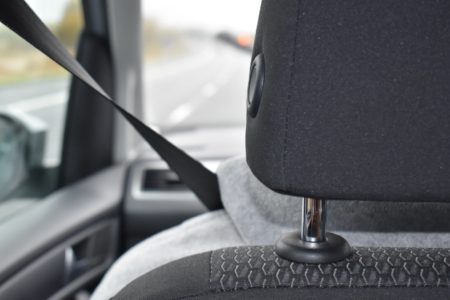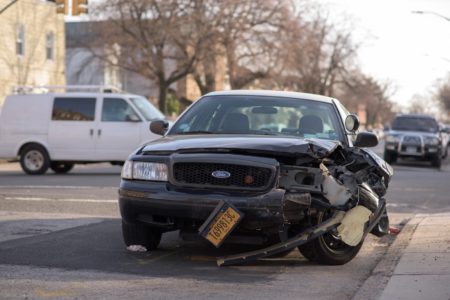Learn To Drive | Parents Are the Key to Safe Teen Drivers
Research done by the CDC found parents play a key role when their teens are learning how to drive a car. They conducted a pilot study to determine what factors help teens to learn to drive safely. Of all the factors studied it was determined that parental control and guidance as teens learn to drive was the largest contrributing factor to keeping teens safe when driving a car. They used this fact in a campaign to make parents aware of the very important role they play in keeping their teens safe on the road. They called the program “Parents are the Key”.
The book “3Keys to Keeping Your Teen Alive: Lessons for Surviving the First Year of Driving” is a tool to help parents fulfill their role as their teen learns how to drive a car. It provides parents with the tools necessary to coach, mentor and control their teens when they are driving a car.
This video has been created by the CDC. Below is the narration in the video.

[Narrator] CDC-TV presents, Health Matters.
[Narrator] Becoming a licensed driver is an exciting step in a teenager’s life. But with the reward and privilege comes real risk.
[Arlene Greenspan] Car crashes are the number one killer of teens in the United States. In fact, car crashes kill more teens than infectious disease and chronic disease combined.
[Narrator] The good news is, it’s scientifically proven Parents can help decrease these frightening odds. As a parent, it’s up to you to set a good example behind the wheel and talk early and often about safe driving with your teen, even before it’s time to hand over the keys. It’s also up to you to be a coach and instructor. Even the best behaved kids lack driving experience, which is what makes their crash risk so high. This experience can only come with practice, and a minimum of 30 to 50 hours of supervised practice is ideal.
[Bruce Simmons-Morton] Practice driving should include lots of daytime driving, night driving, driving under a variety of road conditions, and under a variety of weather conditions.

[Narrator] As you show your teen driver the ropes, make sure you decide on and enforce your rules of the road. Set rules about where and when your teen can drive and who they can drive with. As you do, keep in mind that certain situations make crashes much more likely for young drivers.
[Anne McCart] There are danger zones for teen drivers that parents should know about and make sure their teens avoid. One danger zone is night driving. The crash risk for teen drivers is twice as high at night as it is during the day.
[Narrator] Limit your teen’s nighttime driving and make rules about driving with teen passengers.
[Parent] So we want to make sure that you understand the rules we’ve set for you in terms of being able to drive the car.
[Narrator] Also make buckling up a must. Wearing a seatbelt can reduce your teen’s risk of being badly injured in a crash by half.
[Narrator] As a parent, it’s only natural to want to do all you can to protect your child. And, when it‘s time to hand over the car keys, you may wonder how you can help your teen steer clear of danger. The truth is, when it comes to keeping teen drivers safe, parents are the key.
[Narrator] Everyone, parents included, should make it a rule not to talk on the phone or text behind the wheel. Put all your rules into writing with a parent-teen safe driving agreement. Talk it through, and decide what you’ll do if your rules aren’t followed. It can be comforting to know that your state’s on your side. Most states have teen driving laws, often called graduated driverlicensing, or GDL. Get to know, and follow, your state’s laws. Their main purpose is protecting young drivers’ safety. Remember, your teen’s watching and listening to you. Talk about and model safe driving, supervise practice driving, set and enforce your rules of the road, and get to know your state’s teen driving laws.
[Arlene Greenspan] As a mother who has raised two teenage drivers, I know how hard it is to set down the rules and follow them. But as a scientist, I know that setting the rules and enforcing rules of the road is what you need to do to keep your teen safe at the wheel.
[Narrator] There’s a lot to learn and do. That’s why CDC has developed the Parents Are The Key campaign for parents like you. At the website you’ll find a variety of tools and resources to help you keep your teen driver safe. And you’ll learn how to spread the word with others to create a whole community of safer teen drivers. You can hand over the keys with confidence.




